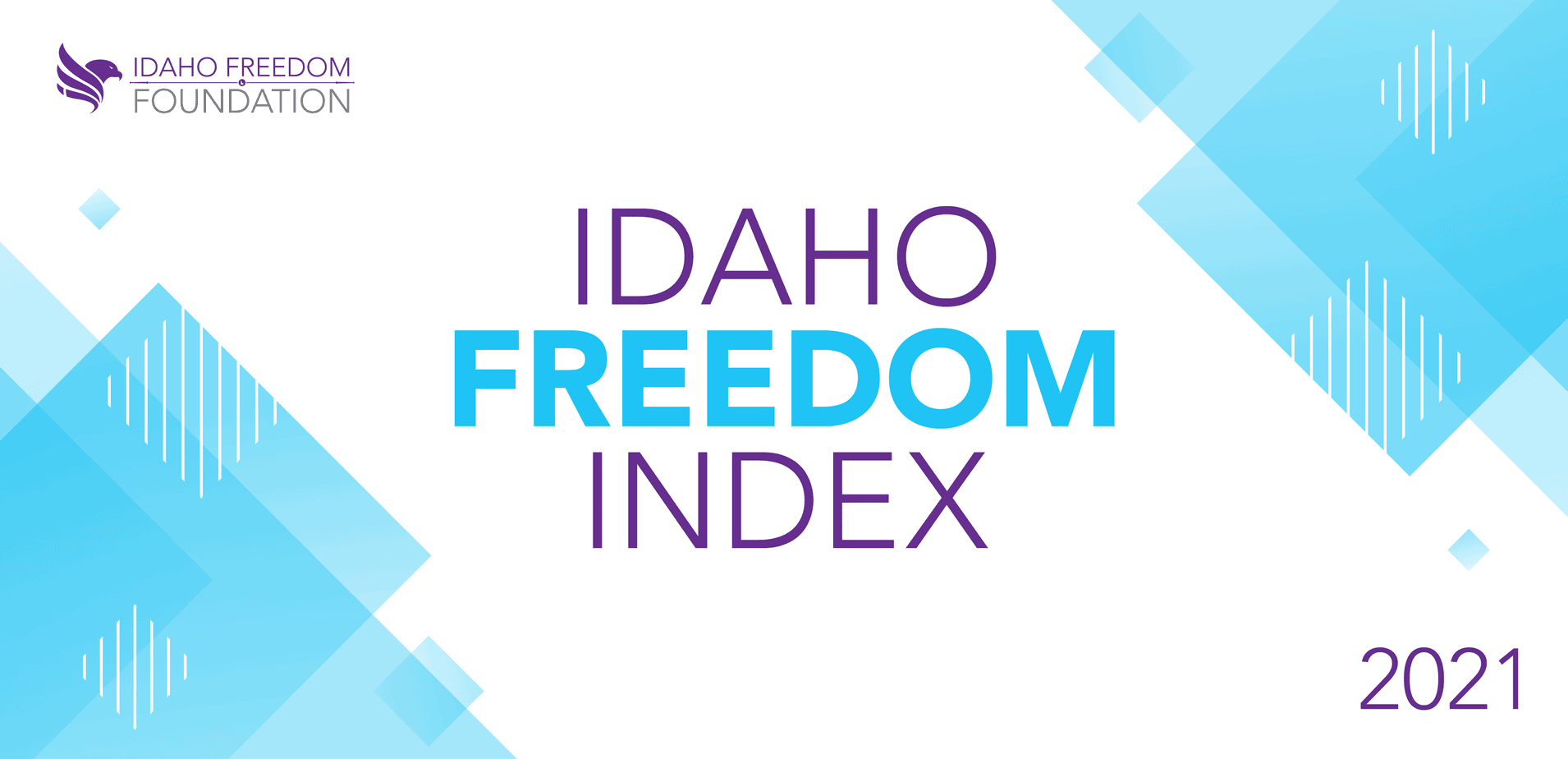


Bill Description: House Bill 248 would allow school districts to enter into the State of Idaho employee benefit plan.
Rating: -2
Analyst Note: House Bill 248 creates Section 33-1029 of Idaho Code, to allow a school district or public charter school to have its employees covered by the "state employee health insurance plan," which includes "disability insurance and group health care service." Technically, this is already allowed under Idaho code, but this new section also includes a new funding mechanism. Specifically, school districts and public charter schools opting into the state employee health insurance plan may reduce their employees' pay by one level on the "career ladder" funding table.
It costs approximately $13,581 per employee and their family to be covered by the state employee health insurance plan, and this cost is ultimately covered by taxpayers. According to the bill's fiscal note, if every school district and charter school elected to join the plan, the total projected cost would be more than $338 million. Right now, the state provides discretionary funds to school districts, of which approximately $200 million is used to cover the current healthcare plan for these employees.
The difference would be made up with a little more than $51 million in salary reductions and $88 million in employee contributions. At least, that's how it would be paid for in theory. Given that the Legislature is bombarded each session with claims that teachers aren't paid enough, pressure will be exerted to appropriate even more money to salaries and benefits. The predictable result is that taxpayers will ultimately be on the hook for the increased costs of these upgraded benefits.
Finally, there is no fiscal impact shown to the Office of Group Insurance in the fiscal note for increased costs for the state to manage a plan expansion that could add thousands of participants.
Does it increase government redistribution of wealth? Examples include the use of tax policy or other incentives to reward specific interest groups, businesses, politicians, or government employees with special favors or perks; transfer payments; and hiring additional government employees. Conversely, does it decrease government redistribution of wealth?
There are additional problems with House Bill 248's proposal beyond the increased cost that may be borne by taxpayers.
If a district shifts to this new plan, all employees are required to move to that plan. An employee can thus be forced to take a salary cut and pay higher premiums, even if they would prefer to stay on the old plan. Such a shift could be prompted by the teachers union, which may represent a slim majority. It is not clear what the process would be for a district’s decision to move to the state plan or what they would consider from district employees.
The state employee health insurance plan requires all participants to choose from one of the state's three plans offered through Blue Cross: PPO, traditional, or high deductible.
A district that opts to move to the state employee health insurance plan is required to remain on the plan for at least two years, even if the district's employees regret the decision.
(-1)
The allowed changes to the salary structure may not be equitable. Under the proposal in House Bill 248, some employees could see salary reductions of up to $2,000 annually, while those who are in their first year teaching would see no reduction at all. Even after the first year, some employees could have their salaries reduced by just $1,000, half of the cuts others could face. Despite these discrepancies, all the employees would receive the same coverage. It is not clear how employees covered by salary-based apportionment but who are not on the career ladder would see their salaries reduced.
Additionally, the salary cuts are optional. A wealthier district (or one that is good at passing levies) could choose to move to the more expensive insurance without any salary cuts at all. This would, of course, require shifting even more of the burden onto local taxpayers.
(-1)

